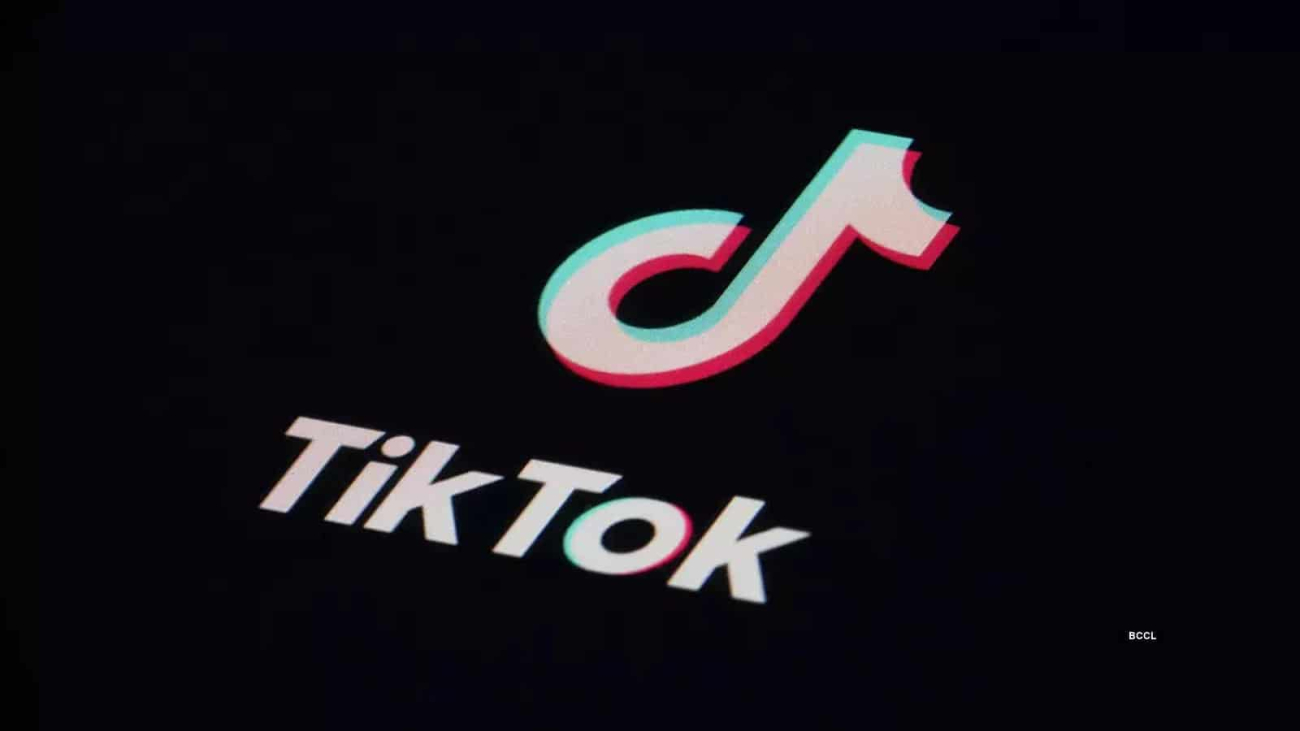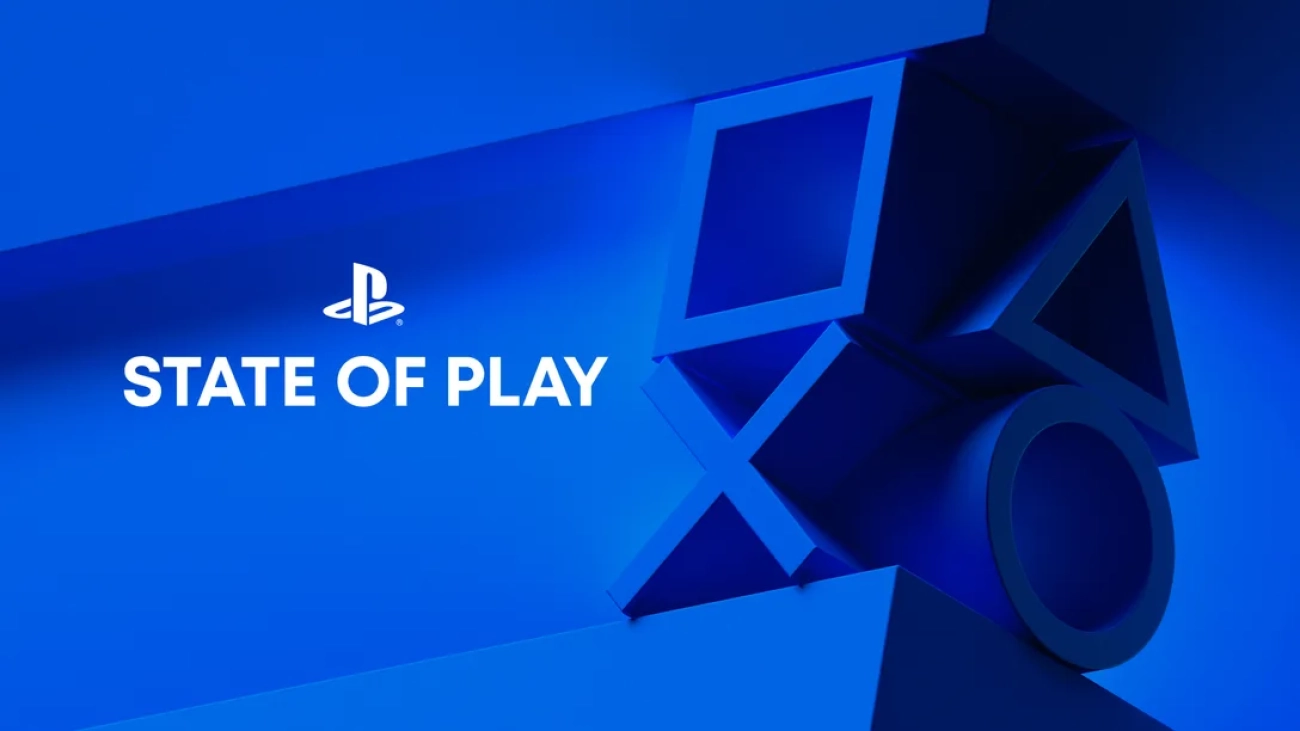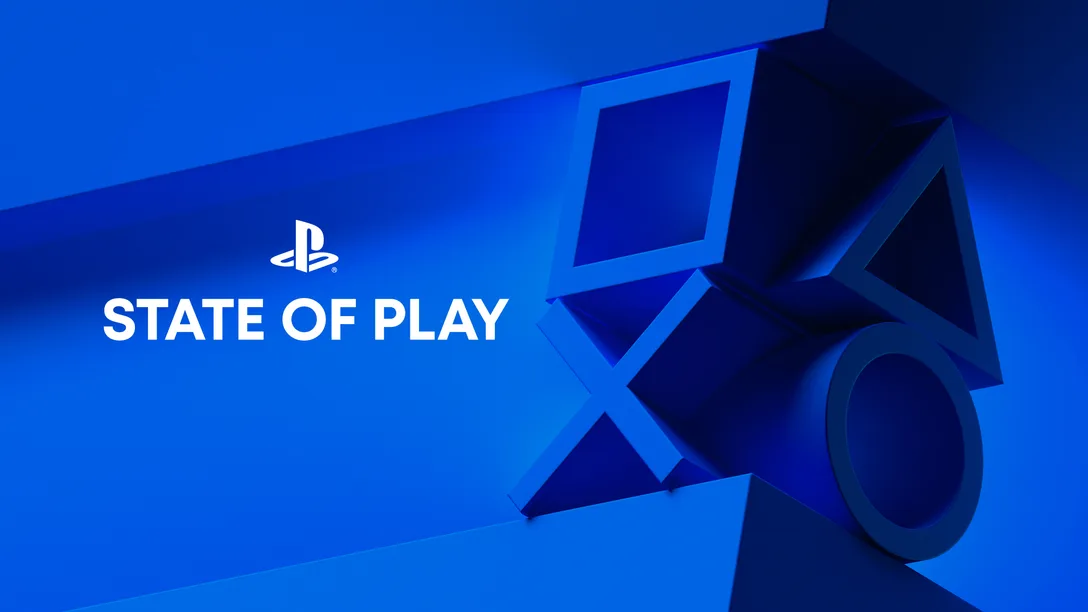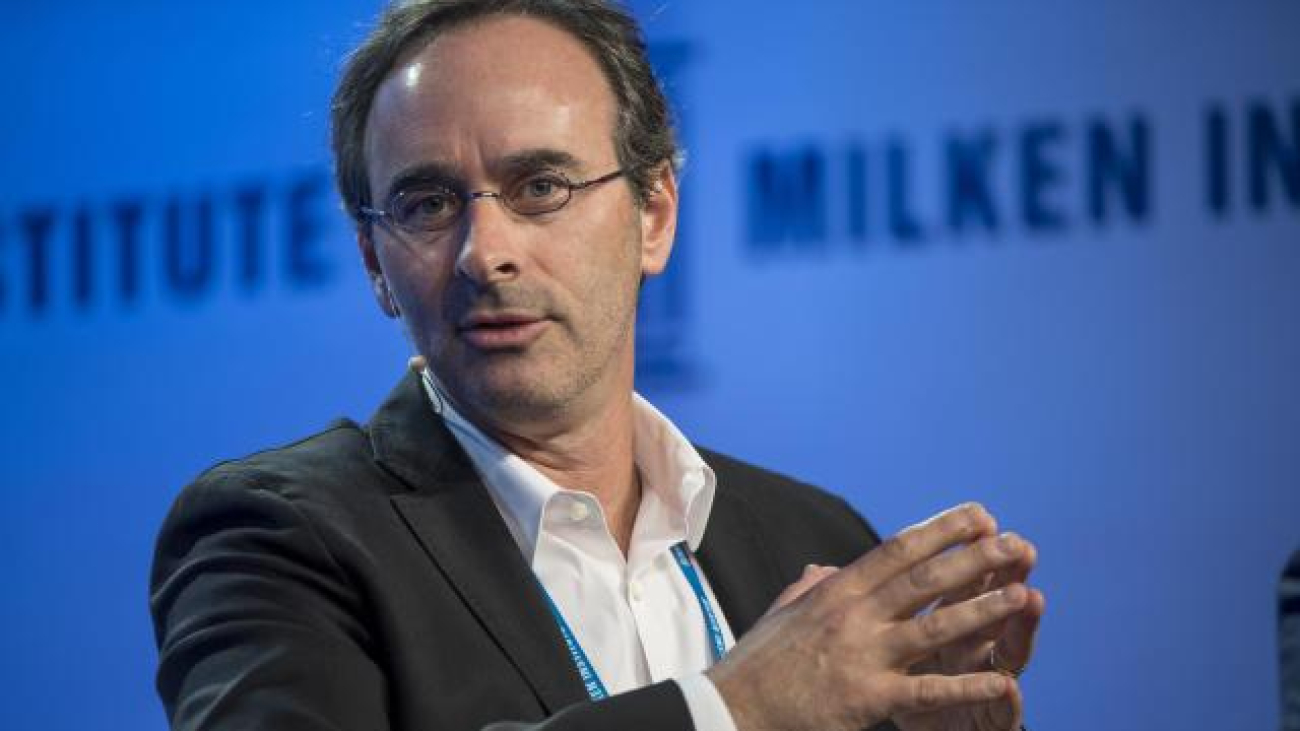
In a revealing interview on The TED AI Show podcast, former OpenAI board member Helen Toner detailed the reasons behind the board’s decision to fire CEO Sam Altman in November last year. According to Toner, Altman was dismissed due to a history of obstructing and deceiving the board, creating a toxic workplace, and retaliating against critics.
Toner emphasized that the OpenAI board was established to prioritize the public good over profits. However, she claimed that Altman consistently made it difficult for the board to fulfill this mission by withholding information and misrepresenting company activities. She accused Altman of outright lying to the board on multiple occasions.
One major incident that Toner highlighted was the release of ChatGPT in November 2022, which the board learned about through social media rather than from Altman himself. Additionally, she alleged that Altman had not disclosed his ownership of the OpenAI startup fund, despite asserting that he had no financial interest in the company.
Toner also recounted how Altman reacted negatively to a research paper she co-authored, which critiqued OpenAI’s safety measures and praised a competitor. She claimed that Altman attempted to have her removed from the board by spreading falsehoods among other board members, further eroding their trust in him.
The decision to fire Altman came after weeks of intense and secretive discussions, as the board feared Altman would undermine their efforts if he got wind of their plans. Despite their careful planning, Altman was rehired as CEO just days after his dismissal following a public outcry and the replacement of most of the board members who had voted to oust him.
READ ALSO: Musk’s X to Host Trump and RFK Jr. ‘Town Hall’ Events Ahead of Election
Toner and fellow former board member Tasha McCauley expanded on these issues in an op-ed for The Economist, citing “long-standing patterns of behavior” as the rationale for Altman’s removal. They described an environment where executives reported negative experiences with Altman, labeling his conduct as “psychological abuse” and expressing doubts about his ability to lead the company to achieve artificial general intelligence (AGI).
Toner concluded that the board’s trust in Altman had been irreparably damaged, rendering it impossible to provide the necessary oversight for OpenAI. This breakdown in trust ultimately led to their decision to fire him, even though it did not yield the desired outcome.





































